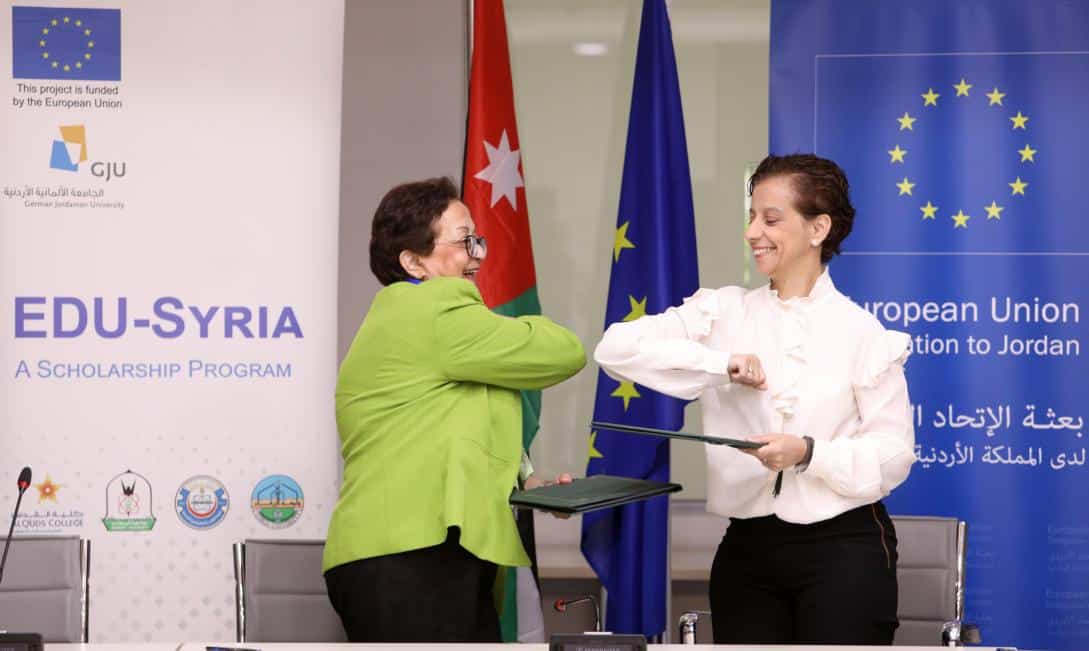Accreditation Process

Getting Started
The EOEA accreditation process begins with a request letter from an educational institution (such as a university, college, or academy) seeking to apply for or renew EOEA accreditation. The letter should specify:
An approximate time when the self-assessment report (SAR) will be ready
The preferred month for the site visit to take place
Any additional objectives or specific requirements the institution has for the review
EOEA also accepts requests for reviews for purposes other than membership, including reviews of institutions outside the European Higher Education Area (EHEA).
Please contact the EOEA Secretariat to initiate the review process about 14 months before the expected completion of the review process (and about 10 months before the expected date of the site visit).
EOEA and the institution will agree on the contract and terms of reference of the review, including the activities to be subjected to the review and the overall timeline. For institutions using the same review report for multiple purposes, a tripartite terms of reference between all relevant organizations may be used.
Self Assessment
The first main stage of the review process is the production of an analytical self-assessment report (SAR) by the institution under review. A guide of content is provided in the EOEA Guidelines for Institutional Reviews. For institutions undergoing a second or subsequent review, the SAR should also refer to recommendations from previous reviews, underline the related developments, and highlight other changes since the last review.
Once the SAR is submitted to EOEA, the review coordinator will screen the report to ensure it covers all necessary elements. If needed, the institution will be given two weeks to revise the report. The final SAR is sent to the review panel at least six weeks before the site visit and is published on both the institution’s and EOEA’s websites.
External Evaluation
The external review is conducted by a panel consisting of a review chair, review secretary, and two (occasionally three) additional panel members. The panel evaluates the institution’s activities and determines whether it complies with EOEA standards. This is done through a thorough assessment of the SAR, additional materials (such as the institution’s website and requested documents), and a site visit. The site visit usually lasts 2.5 days and is conducted in person (though an online visit is possible in cases of force majeure). The review secretary proposes the first draft of the site visit schedule, which is finalized in consultation with the institution one month before the visit.
The site visit aims to verify and expand on the information provided in the SAR. It also provides an opportunity for the institution to discuss its activities and development. The visit includes interviews with the institution’s management, staff, and key internal and external stakeholders.

Review Report
The panel drafts an external review report, including evidence and analysis regarding the institution’s compliance with EOEA standards. For each standard, the report will provide a judgement of compliant, partially compliant, or non-compliant. The report will also include recommendations, commendations, and suggestions for further development.
The institution is given two weeks to review the draft report for factual corrections. The EOEA Review Committee then scrutinizes the report for clarity and consistency. Once validated by the Committee, the report is considered final and is published on EOEA’s website. The institution can then use the external review report to apply for EOEA accreditation or other relevant recognitions.

Follow-Up
The follow-up process supports the institution in continuously reflecting on and developing its work. Institutions are required to submit a follow-up report within two years after the validation of the final external review report. The report should demonstrate how the institution has addressed the recommendations made in the review report and explain any further significant changes or developments.
EOEA also offers the option of a progress visit, usually conducted by two reviewers from the original review panel. This visit typically takes place two to three years after the final external review report’s verification (and after submission of the follow-up report). It aims to generate a stronger, enhancement-oriented dialogue, moving beyond the compliance-focused review site visit.
